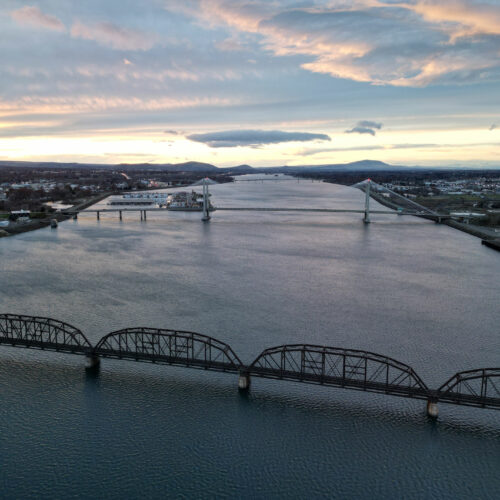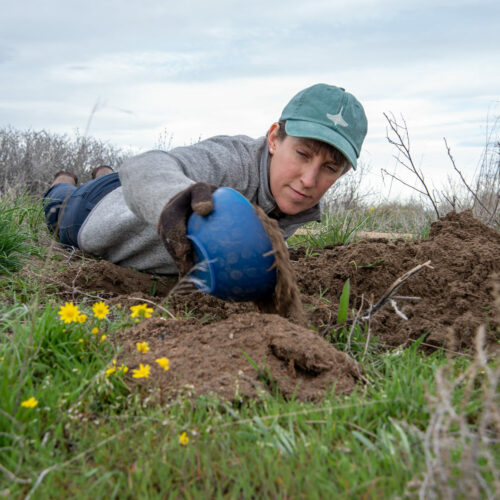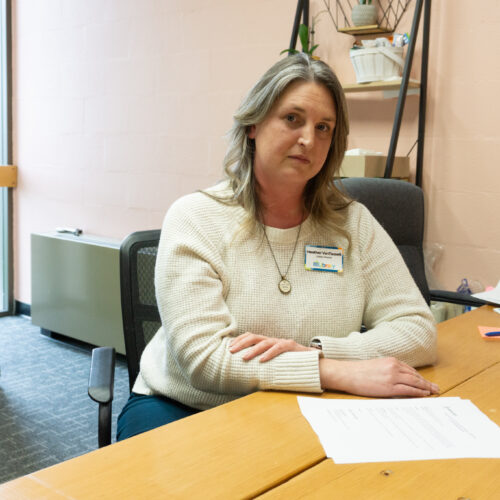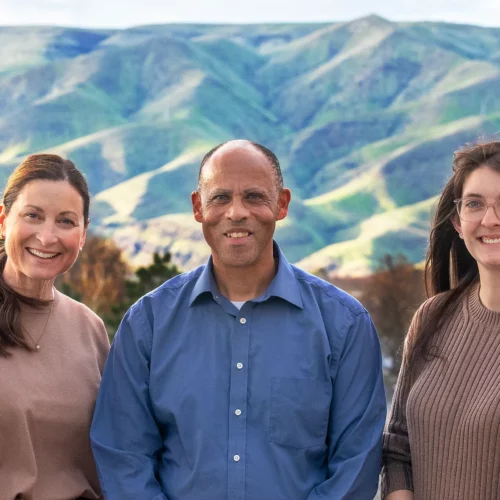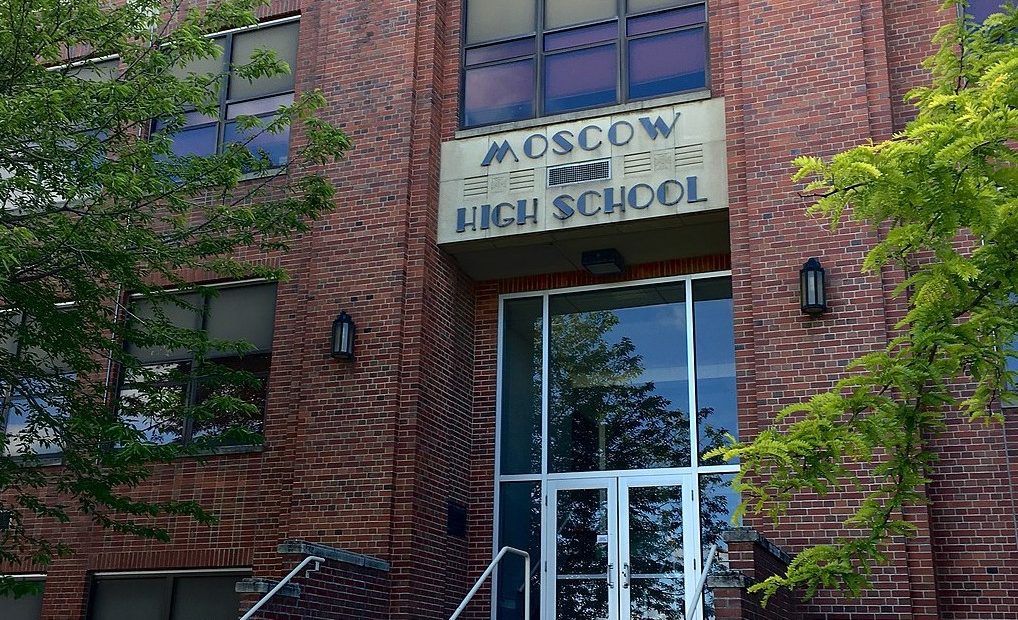
Idaho Public School Enrollment Drops For First Time Since 1997, Virtual Schools See Big Gains
BY SAMI EDGE / IdahoEdNews.org
Idaho public schools are serving 4,554 fewer students than they did last school year, marking the first time since 1997 that the state has seen a decline in enrollment.
Overall, 110 of the state’s 182 districts and public charter schools lost students, according to new data from the State Board of Education.
Virtual and online schools netted almost all of the growth.
The single biggest increase: The Oneida School District, which enrolled almost 4,500 new students into the Idaho Home Learning Academy.
The single biggest decrease happened in booming Meridian. The West Ada School District lost more than 2,200 students this year, marking its first enrollment drop in three decades.
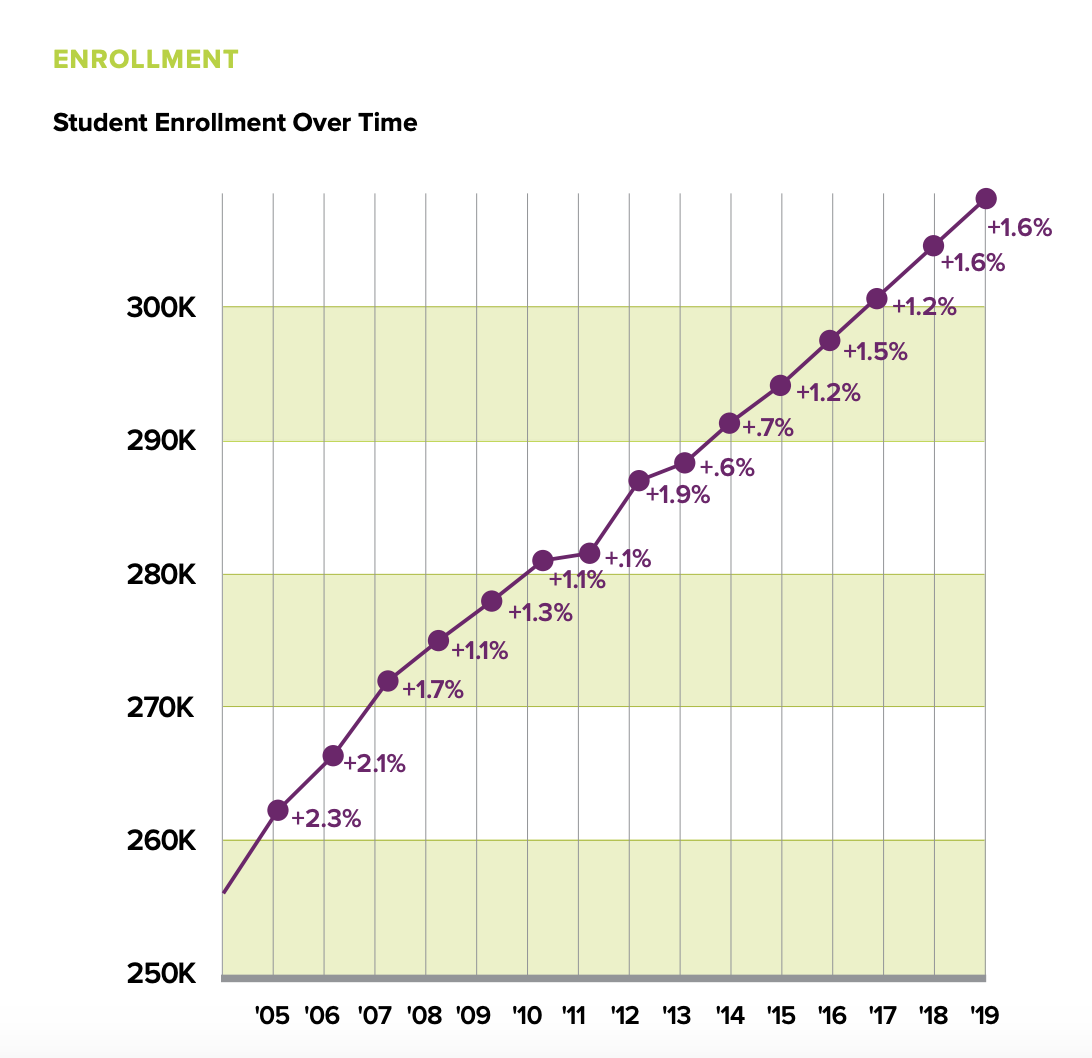
Parents who are uncomfortable with sending kids to school during the COVID-19 crisis, frustrated with school masking requirements or looking for stability instead of chaotic school schedules are likely driving the trend.
Kathy Hobbs told Idaho Education News this summer that she took her two students out of a West Ada elementary school and enrolled them in the Oneida program instead because of the “void of uncertainty” about how the school year would play out in West Ada.
“At the rate everything is going with the year we’re all going to be behind anyway, so why not try something new,” Hobbs said. “Maybe we’ll stumble on something that gives us that little nudge to bet back on track, or maybe even ahead.”
Other online schools also saw big gains:
- Idaho Virtual Academy added 1,916 students.
- Inspire Academics gained 925 kids.
- The Snake River school district opened a new online school and boosted its enrollment by 417 students.
Snake River Superintendent Mark Kress started the online school to catch some of the students in his district, and the southwestern part of the state, who didn’t want to go back to school in person. Students across Idaho signed up.
“You either get in the game and offer more than just one variety of education, or continue to shrink,” Kress said. “That’s not a new idea, just something other schools have been doing. We created this as an opportunity for our school district to do something different than what we’ve done before.”
The state’s largest districts — Boise, West Ada and Nampa — reported enrollment losses of about 6 percent, and some smaller districts faced even steeper declines.
The Coeur d’Alene school district lost about 1,000 students this year, a 10 percent drop. Lake Pend Oreille lost about 435, or 12 percent of the student population.
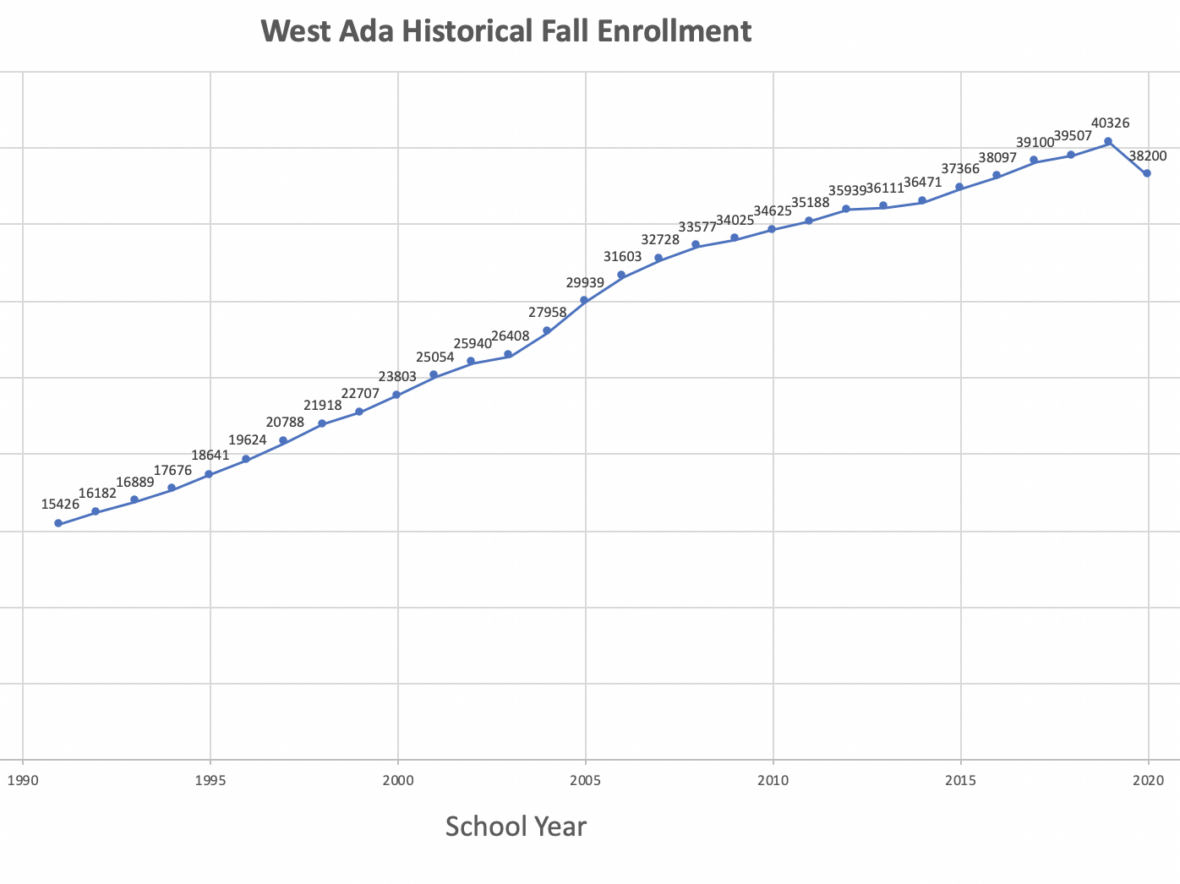
Traditional districts report falling kindergarten enrollment, especially, as parents chose to keep their youngest kids at home during the pandemic. Kindergarten is not mandatory in Idaho.
Enrollment is a crucial part of school funding in Idaho, especially this year. The State Board announced this summer it would give schools funding based on student enrollment, rather than the traditional average-daily attendance model. The move was intended to give schools some funding consistency while kids move back and forth from in-person to online education because of the pandemic.
School districts that marked steep losses have some safeguard in the form of a state policy that says schools won’t lose more than 3 percent of their previous year’s funding if enrollment drops.
Charter schools don’t qualify for that policy. The stakes are high if their students decide to leave.
“If 50 percent of their students walk away, they lose all of that money,” said Terry Ryan, CEO of the charter support nonprofit BLUUM.
And some charters certainly have lost students this year. The Blackfoot Charter Community Learning Center lost 105 students, according to State Board data. The Village Charter School, in Boise, reported a decline of 90.
Check back with Idaho Education News in the coming days for more stories on enrollment trends during the COVID-19 pandemic.
Originally posted on IdahoEdNews.org on October 27, 2020




